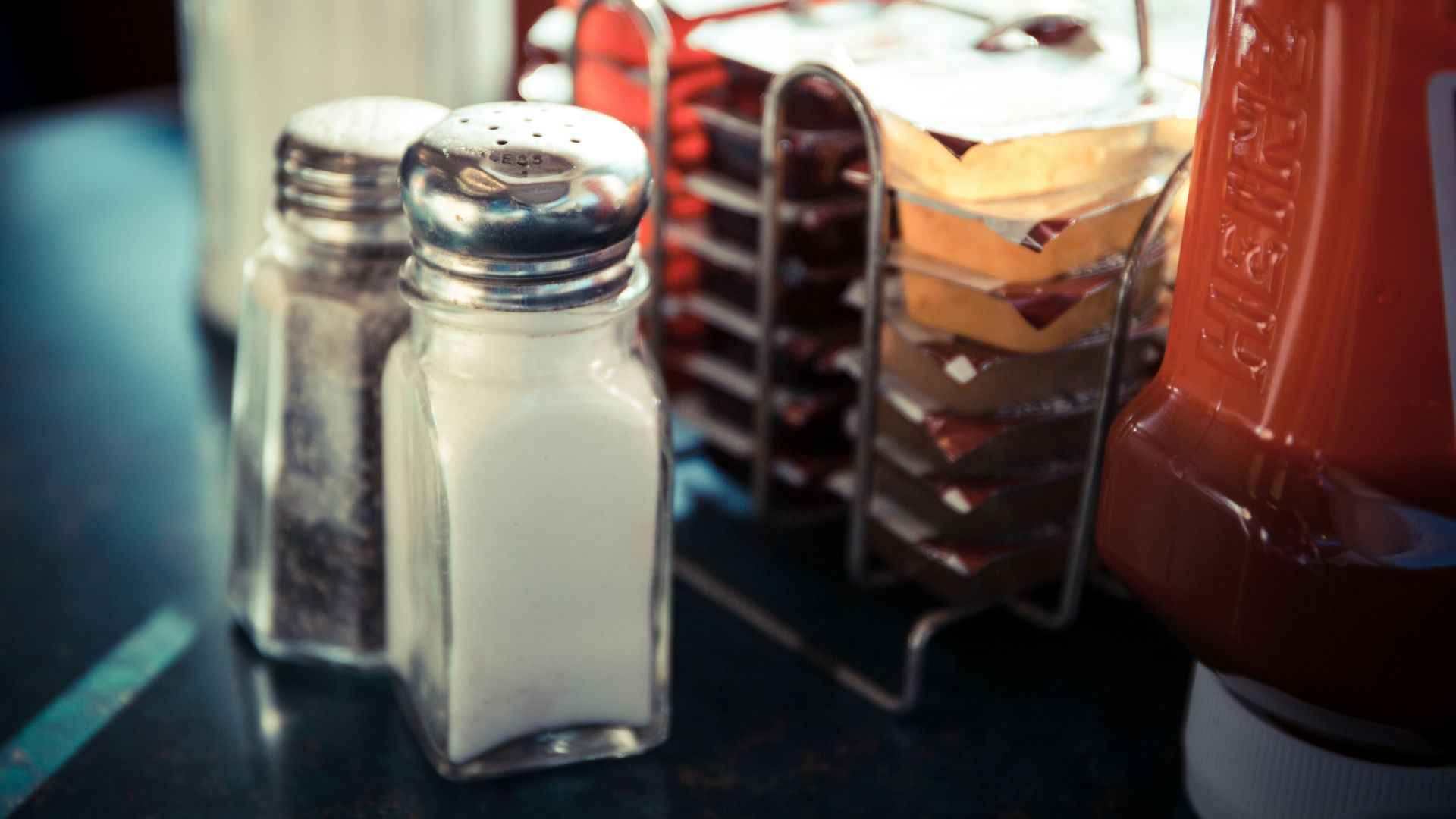We've all absorbed cooking wisdom from somewhere—our mothers, cooking shows, or even that one friend who took a cooking class and now thinks they’re the next MasterChef. But here's the thing: some of the most repeated kitchen advice is quietly sabotaging your waistline. Not in dramatic ways, but in those small, accumulating choices that add up gradually over time. These aren't the obvious culprits like deep-frying everything or drowning salads in ranch. They're subtler and far sneakier than you’d expect.
Fat-Free Cooking Is Healthier Cooking
This myth refuses to die, probably because it sounds so logical. Fat has more calories per gram than protein or carbs, so cutting it out should help, right? Wrong.
When we cook without fat, we end up compensating elsewhere. That chicken breast you grilled with zero oil ends up getting drowned in sauce at the table because it’s dry as cardboard. Or, you end up compensating for the lack of flavor by chowing down on bread instead.
Fat carries flavor and creates satiety that keeps you from heading back to the fridge an hour after you finished dinner. Plus, many vitamins are fat-soluble. Your body literally struggles to absorb the nutrients from those roasted vegetables if there's no fat present. A teaspoon of olive oil isn't the enemy but a delivery system for certain vitamins.
Healthy Recipes Don't Need Salt
Somewhere along the way, salt became the villain of home cooking. We may not remember where we heard this, but we dutifully reduce it, thinking we're doing our bodies a favor.
But bland food has consequences. When meals don't taste good, we don't feel satisfied. The reason processed is so addictive is that that's been engineered to hit every pleasure point, with a high sugar, sodium, and fat content. Meanwhile, your unseasoned steamed broccoli sits there tasting like sadness.
The real issue isn't the quarter teaspoon of kosher salt you add to your stir-fry. It's the hidden sodium in packaged foods, restaurant meals, and bread (yes, bread is shockingly salty). When you properly season home-cooked food, you're more likely to eat it and less likely to order takeout at 9 PM.
Oil Doesn't Count in Salads
This one hits different because salads feel so virtuous. It’s not the leafy greens that are the problem, but the generous amount of fat in our dressing that adds inches to your waistline.
That generous pour of dressing can add 300-400 calories to a bowl of lettuce. The salad itself might be 50 calories of vegetables, but a mere three tablespoons of dressing contains about 360 calories, which is more than two slices of pizza.
This doesn't mean oil is bad or that we should eat dry salads like rabbits. It means awareness matters. A measured tablespoon of dressing per person is usually plenty when you toss properly, coating every leaf. The problem is we rarely measure and opt to eyeball instead, drizzling our healthy garden salad until we've accidentally added a meal's worth of calories.
Cooking at Home Automatically Means Eating Less
There is this stubborn myth that home cooking automatically equals health. Except it doesn't, necessarily.
Yes, cooking at home gives you control over ingredients. But control doesn't equal restraint. That homemade pasta is still pasta. Those cookies you baked from scratch with organic flour and fancy chocolate is arguably more dangerous because they taste better than store-bought, so you'll eat more. The act of cooking can actually lead to overeating because we've invested time and effort and we’re reluctant to waste what we’ve put so much energy into creating.
The real advantage of home cooking is transparency, not the mystical health benefits. You know what went in. Whether that knowledge translates to better choices depends entirely on what you choose to make.
Fruit Smoothies Are Always a Healthy Choice
Blended fruit feels like a health win, as if you’re consuming a liquid IV of vitamins and minerals. To some extent this is true, but something unexpected happens when you liquify food.
First, you can consume way more than you'd ever eat whole. Would you sit down and eat two bananas, a cup of mango, a handful of berries, and a glass of almond of milk in a single sitting? Probably not. But blend it up, and down it goes. You've just mainlined 400+ calories of sugar. And while it may be natural unprocessed sugar, your body processes it the same way. The fiber is still there, technically, but the act of chewing and slowly eating whole fruit triggers different satiety signals than drinking does, even when the liquid is on the thicker side.
Then there are the add-ins: honey for sweetness, nut butter for protein, and a splash of coconut milk for creaminess. Suddenly your "healthy" breakfast is 700 calories and you're hungry again by 10 AM. A whole apple and a handful of almonds would've been 200 calories and probably more satisfying.










